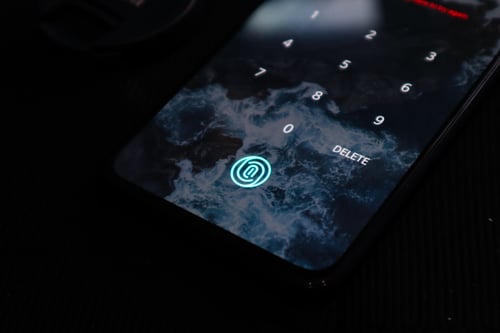To help researchers improve identification via biometrics, the U.S. Commerce Department's National Institute of Standards and Technology (NIST) announced its release of biometric research datasets. The datasets—which include fingerprints, facial photographs, and iris scans —are scrubbed of identifying information such as the person’s name and location.
The datasets were created by NIST for research purposes only, specifically to test systems that verify a person’s identity for authentication purposes. This dataset marks an important step within the developing biometric authentication software market, as few resources exist to aid developers in testing their software algorithms.

There are three datasets available to researchers, including Special Databases numbered SD 300, SD 301, and SD 302. The datasets include data from living and deceased individuals; the data from living people were gathered with their explicit consent.
Among the three datasets are data comprising fingerprint data from deceased individuals; these data include digitized versions of inked rolled fingerprints, four-finger slap impressions, and thumb slap impressions from FBI arrest cards. The datasets also include mugshot-style face images, iris images, long-wave infrared mugshots and counting sequence captures, and photographs of fingerprints. Most astonishingly, the datasets also include fingerprint data obtained in non-professional settings from everyday objects, such as "incomplete" fingerprints left on a water glass.
One of the datasets, SD 301, is the first of its kind. It contains multimodal data, meaning the individual’s biometric markers such as face, fingerprints, and iris scans can be linked to identify that person. NIST computer scientist Greg Fiumara said remarked on the release of this data, saying “This opens up possibilities for types of multimodal research that haven’t been done before.” Fiumara continued, “We want to get more secure and more accurate identification, as multimodal systems are harder to spoof.”



 by Merry Marwig, CIPP/US
by Merry Marwig, CIPP/US
 by Merry Marwig, CIPP/US
by Merry Marwig, CIPP/US
 by Merry Marwig, CIPP/US
by Merry Marwig, CIPP/US